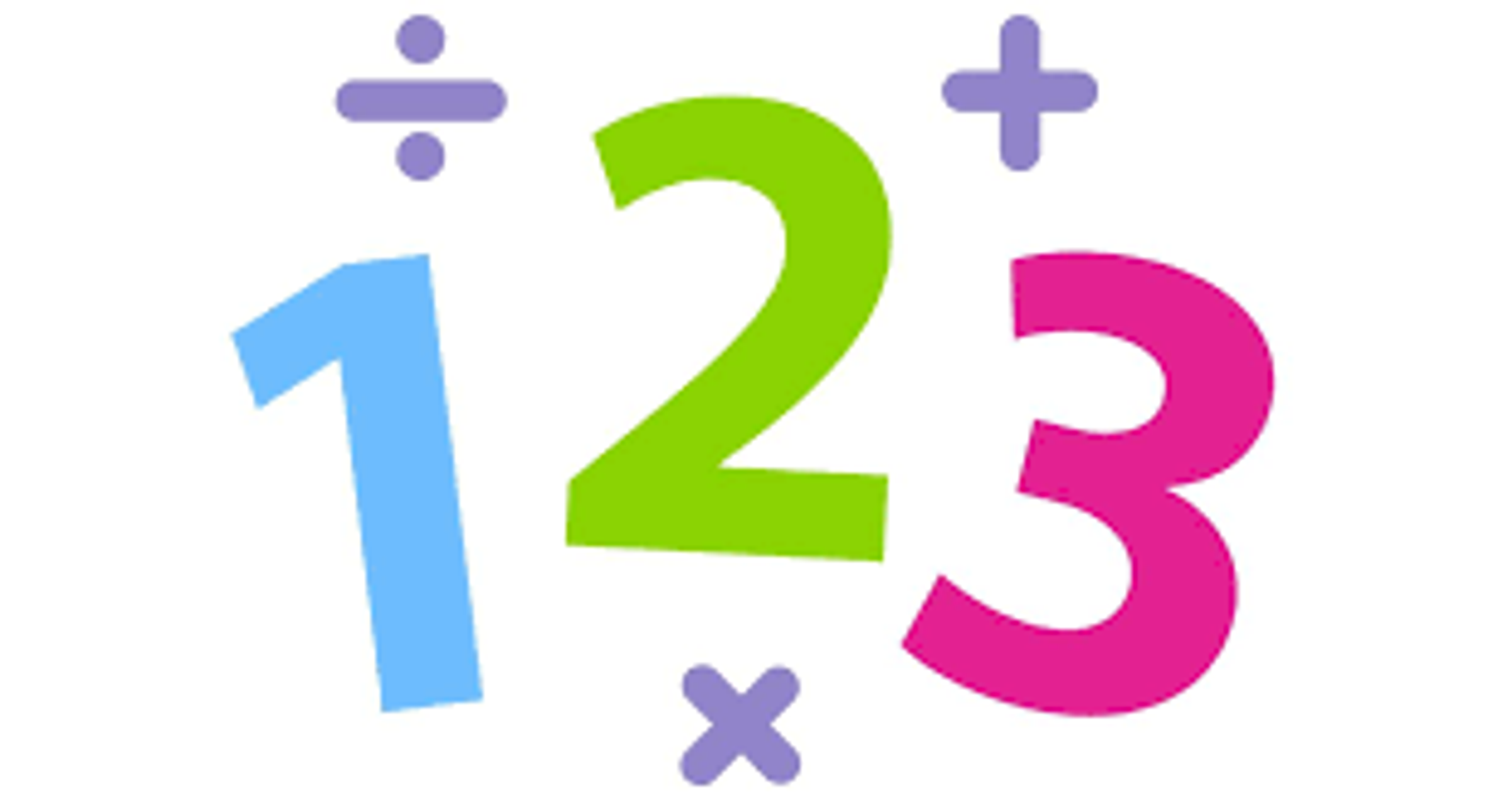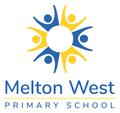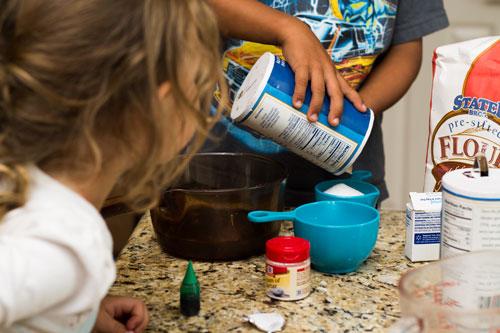Numeracy

DOING MATHS TOGETHER AT HOME
Talking about maths
It is important for children to develop specific language skills related to maths. Visits to the playground, or helping at home, provide rich and meaningful opportunities to help develop these skills. It might take time for your child to use these terms and language effectively, but exposure to this mathematical talk is a strong support for future learning.
Some activities to develop mathematical language
- Use specific terms when asking for items. For example, ask your child to get the ‘one litre’ milk bottle from the fridge, or the ‘one kilo’ bag of flour from the cupboard.
- When cooking, talk about different measurements used, such as teaspoons, millilitres, litres, and cups. Discuss ideas about empty and full.
- As you walk, talk and play together describe your child’s movements as they climb ‘over’ the fence, slide ‘between’ the poles, and swing ‘under’ the monkey bars. This helps your child understand language related to spatial awareness.
- Sorting activities support your child to understand concepts such as ‘same’ and ‘different’. Use recycling as an opportunity to sort items to place in the rubbish.For example, paper, plastic, food waste and general waste.
Counting
Counting is one of the first experiences of maths for young children. Learning to say numbers often begins with a favourite song or rhyme and the repetition of the number names. Children will often say the numbers before they visually recognise and identify individual numbers.
Here are some activities and tips to engage your child with counting:
- Listen for the counting sequence in these songs and rhymes, which can all be found on www.youtube.com:
- Five Little Ducks
- Ten in the Bed
- 1, 2, 3, 4, 5, Once I Caught a FishAlive
- Ten Green Bottles
- Five Little Monkeys
- 1, 2, Buckle My Shoe
- Children will begin by counting all objects in a group, for example fingers and toes, the buttons on their clothes, steps to the house, or their toys.
- As children move on to counting a set of objects, they begin to link each object with one number. In the beginning, encourage your child to touch each object as they say the matching number.
- When beginning to count a group of objects, children may need to arrange the objects in a line to help them count. Later they will be able to start counting from any object without arranging the objects.
- Once your child is confident, use different numbers as the starting point for practising counting. For example, start counting from 6 or 10. Ask your child to count forwards and backwards. Ask what number comes before, or what number comes after, a given number.
Taken from the Department of Education and Training – Literacy and numeracy Tips
Kind regards,
Jennifer O’Connor
Assistant Principal


